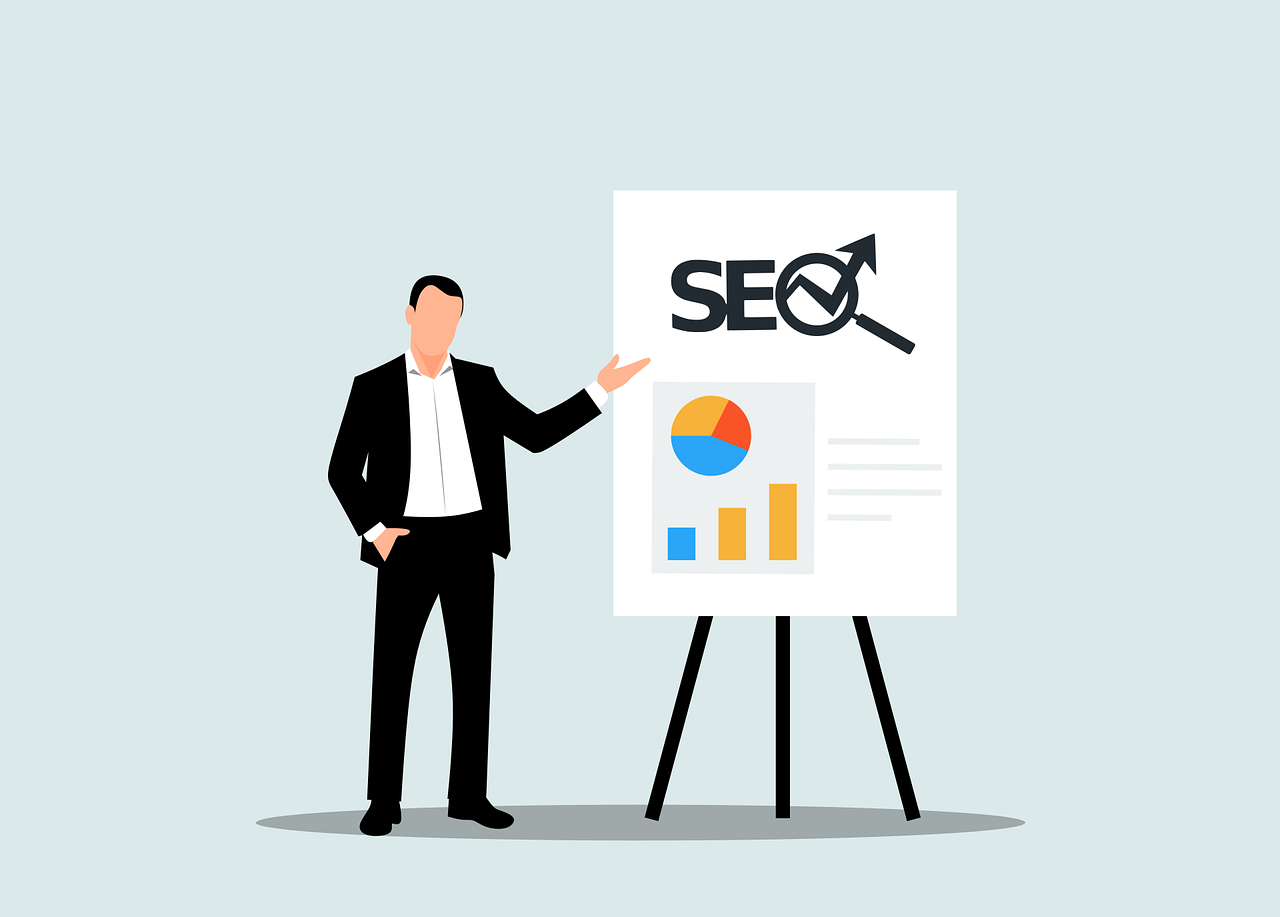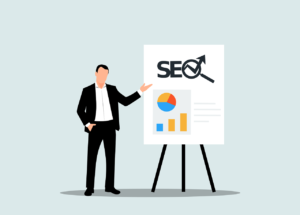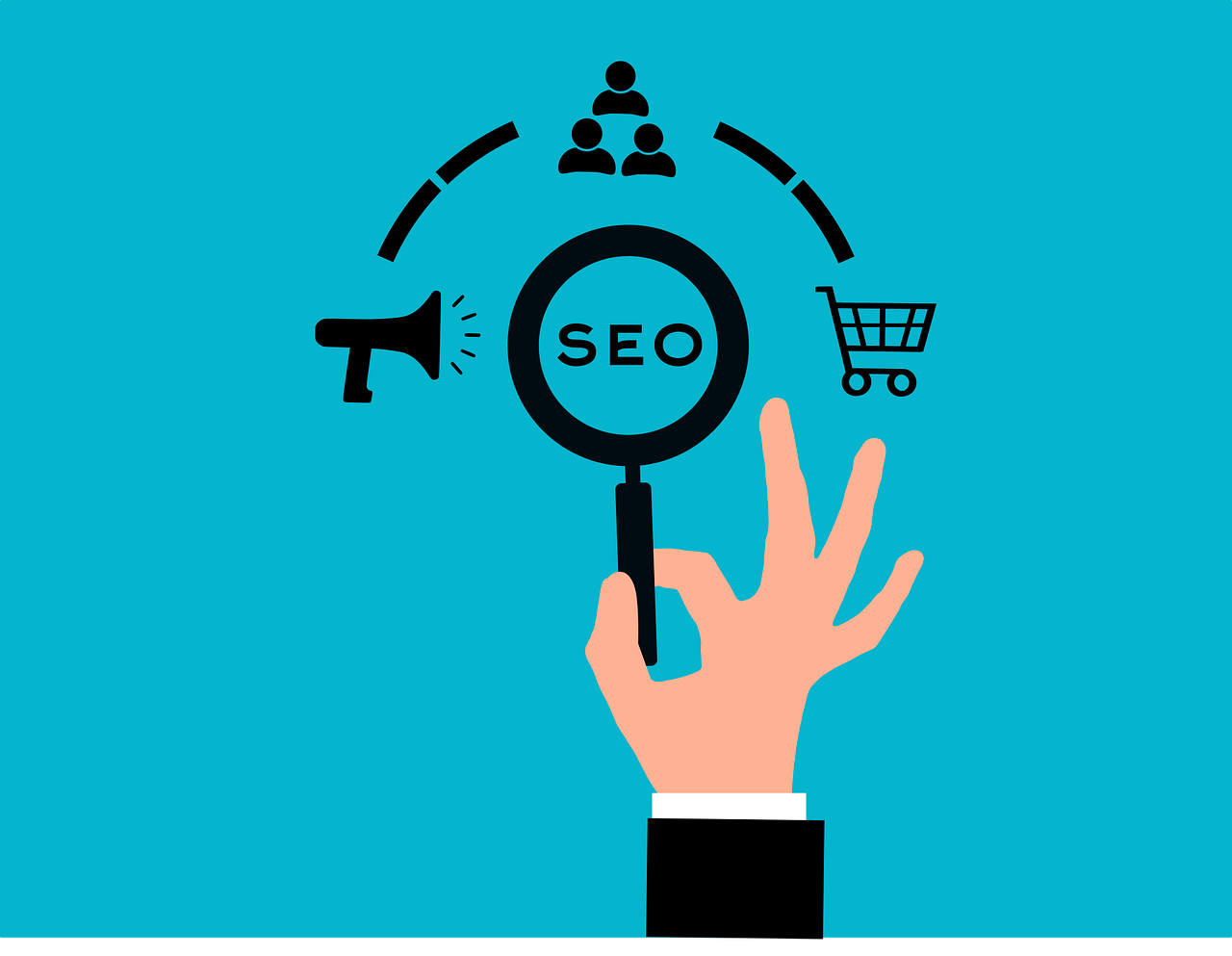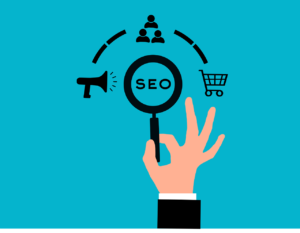Your Path to E-commerce Success
Starting an online store can be daunting, especially when inventory management, storage, and logistics come into play. Enter Shopify Dropshipping, the perfect e-commerce model for entrepreneurs looking to start a business with minimal upfront costs and maximum scalability.
In this guide, we’ll explore the tips for scaling your shopify dropshipping business, from setting up your store to overcoming challenges, all while keeping it motivational and beginner-friendly.
What is Shopify Dropshipping?
Dropshipping is a business model that allows you to sell products without holding any inventory. Instead, when a customer places an ord

er, the product is purchased from a third-party supplier and shipped directly to the buyer. Shopify, one of the leading e-commerce platforms, makes it incredibly easy to launch a dropshipping store by follow the tips for scaling your shopify dropshipping business .
Tips for scaling your shopify dropshipping business These methods eliminates the hassle of managing stock, warehousing, and shipping logistics, allowing you to focus on marketing and growing your brand.
Tips for Scaling Your Shopify Dropshipping Business in 2025: A Comprehensive Guide
Dropshipping has become a popular business model, especially for entrepreneurs looking to start an online store with minimal investment. Shopify, with its user-friendly interface and powerful tools, is an ideal platform for running a successful dropshipping business. If you’re looking to scale your Shopify dropshipping business in 2025, there are several strategies you can implement to increase your profits and grow your brand. In this guide, we’ll walk you through the advantages of Shopify dropshipping and provide essential tips for scaling your Shopify dropshipping business effectively.
Advantages of Shopify Dropshipping
Low Startup Costs
One of the most attractive aspects of dropshipping is its low startup cost. Unlike traditional retail models, you don’t need to purchase large quantities of inventory upfront. With dropshipping, you only pay for products after a customer places an order. This eliminates the need to rent storage space, manage inventory, or deal with upfront costs. As a result, dropshipping is a low-risk venture, making it an ideal choice for new entrepreneurs.
Ease of Starting
Shopify simplifies the process of setting up a dropshipping store with its easy-to-use platform. You don’t have to worry about sourcing or managing physical products. Your focus can be on designing your store, marketing your products, and attracting customers. Shopify’s intuitive interface makes it easy to set up, even for beginners with no technical experience.
Wide Product Selection
Dropshipping allows you to offer a wide range of products without worrying about storing or managing them. You can choose from thousands of products available through dropshipping suppliers and test different niches to find what resonates with your audience. This flexibility is especially valuable when you’re just starting and want to experiment with different product categories before settling on your best-sellers.
Location Independence
One of the biggest advantages of dropshipping is that you can run your business from anywhere in the world. As long as you have an internet connection and a laptop, you can manage your store, communicate with suppliers, and fulfill orders. This makes dropshipping a location-independent business model, allowing you to work from home, travel, or live in different parts of the world.
Scalability
Scalability is one of the key reasons why dropshipping is such an appealing business model. As your business grows, scaling up is relatively easy. Since suppliers handle inventory management and logistics, you don’t have to worry about managing larger quantities of stock. Your main focus will be increasing sales, marketing efforts, and customer service. This scalability allows you to grow without being overwhelmed by operational challenges.
Challenges in Shopify Dropshipping and How to Overcome Them
While Shopify dropshipping is an attractive business model, it does come with its own set of challenges. Here are some common obstacles and tips for overcoming them:
Low Profit Margins
Dropshipping is a highly competitive business, and many sellers compete in the same niches. This intense competition often leads to thin profit margins, especially in saturated markets.
Solution: Focus on niche products that are less competitive but still have strong demand. Providing excellent customer service, offering premium products, and building a strong brand can also justify higher pricing and help you maintain better profit margins.
Shipping Complexities
When working with multiple suppliers, you may encounter varying shipping rates, delivery times, and policies. These inconsistencies can lead to confusion among customers, especially if they expect fast and free shipping.
Solution: Use Shopify apps like Oberlo or Spocket to streamline the shipping process and provide clear delivery expectations. Make sure to communicate shipping policies and delivery times clearly on your website and in order confirmation emails to avoid customer dissatisfaction.
Supplier Errors
Supplier errors such as sending the wrong product, late deliveries, or poor packaging can negatively impact your customer experience.
Solution: Build strong relationships with reliable suppliers and monitor their performance regularly. Consistently working with reputable suppliers will reduce the likelihood of errors and ensure that you can meet customer expectations.
How to Start Your Shopify Dropshipping Store
If you’re just starting your Shopify dropshipping business, follow these steps to ensure you’re on the right track for long-term success.
Step 1: Choose Your Niche
Your niche determines the products you’ll sell and the customers you’ll attract. To find a profitable niche, consider factors like demand, competition, profit margins, and your personal interests. Look for trending products or underserved markets to set yourself apart from the competition.
Step 2: Set Up Your Shopify Store
Once you’ve chosen your niche, it’s time to set up your Shopify store.
- Sign Up: Start with a Shopify free trial to explore the platform and get familiar with its features.
- Choose a Theme: Select a professional, mobile-friendly theme that aligns with your brand and product offerings.
- Customize Your Store: Customize your store by adding a logo, adjusting the navigation menu, and writing compelling product descriptions.
Step 3: Select Products and Suppliers
To succeed in dropshipping, you need reliable suppliers that offer high-quality products and fast shipping. Use Shopify apps like Oberlo or Spocket to discover suppliers with good reviews and competitive pricing. Take the time to research each supplier’s reputation and delivery times to avoid future issues.
Step 4: Optimize Your Store for SEO
Search engine optimization (SEO) is crucial for driving organic traffic to your store. Use focus keywords like “Shopify dropshipping” in your titles, meta descriptions, and product descriptions. Optimizing your site for SEO will improve your visibility in search engine results and increase traffic to your store.
Step 5: Create a Marketing Strategy
To attract customers to your store, you need an effective marketing strategy. Here are some ways to drive traffic to your Shopify store:
- Social Media Marketing: Use platforms like Instagram, Facebook, and TikTok to showcase your products and engage with potential customers.
- Influencer Collaborations: Partner with influencers in your niche to expand your reach and build credibility.
- Paid Ads: Run targeted ads on Google, Facebook, or Instagram to drive traffic to your store.
Tips for Scaling Your Shopify Dropshipping Business
As you grow your dropshipping business, it’s important to implement strategies to scale your store effectively. Here are some tips for scaling your Shopify dropshipping business:
1. Build a Strong Brand
Branding is one of the most effective ways to stand out in the crowded dropshipping market. Create a memorable logo, develop a consistent brand voice, and invest in professional product images. A strong brand identity will help you attract loyal customers who value your products.
2. Focus on Customer Service
Customer service is a key factor in retaining customers and generating repeat sales. Ensure that you respond to inquiries promptly, offer hassle-free returns, and personalize your customer interactions. Providing exceptional service will help you build trust and turn customers into brand advocates.
3. Test and Optimize
Continuous improvement is essential for scaling your business. Regularly analyze your store’s performance using Shopify Analytics. Test different product offerings, advertising campaigns, and pricing strategies to determine what works best for your audience. Use data to make informed decisions and optimize your store for better results.
4. Leverage Automation
Running a dropshipping store can be time-consuming, but Shopify apps can help automate many tasks. Automate order processing, inventory management, email marketing, and customer communication to save time and increase efficiency. Apps like Oberlo, Klaviyo, and Shopify Flow can help you streamline your business operations.
5. Expand Your Product Range
As your store gains traction, consider expanding your product range to attract a wider audience. Look for complementary products that align with your niche and appeal to your customers. Adding new products allows you to diversify your income streams and attract different customer segments.
Scaling your Shopify dropshipping business in 2025 requires a combination of strategic planning, effective marketing, and a focus on customer experience. By following the steps outlined above and implementing the tips for scaling your Shopify dropshipping business, you can build a profitable and sustainable online store. With the right mindset, tools, and dedication, you can achieve long-term success in the competitive dropshipping space.

FAQs about Tips for Scaling your Shopify Dropshipping Business
- Is Shopify Dropshipping profitable?
Yes, Shopify Dropshipping can be profitable if you choose the right niche, price your products competitively, and market effectively. - How much does it cost to start a Shopify Dropshipping store?
You can start with minimal costs, including the Shopify subscription fee (starting at $29/month) and optional expenses for apps and advertising. - Do I need experience to start Dropshipping?
No experience is necessary. Shopify’s intuitive platform and the abundance of online resources make it easy for beginners to get started. - Can I dropship worldwide?
Yes, dropshipping allows you to sell to customers worldwide. However, ensure your suppliers can handle international shipping. - What are the best tools for Shopify Dropshipping?
Popular tools include Oberlo, Spocket, Google Analytics, and Canva for creating marketing materials.
Conclusion:
Tips for scaling your shopify dropshipping business is a gateway to entrepreneurship with low risks and high potential rewards. With the right approach, determination, and a focus on continuous improvement, you can build a thriving e-commerce business. Start your journey today and turn your online store into a global brand!









